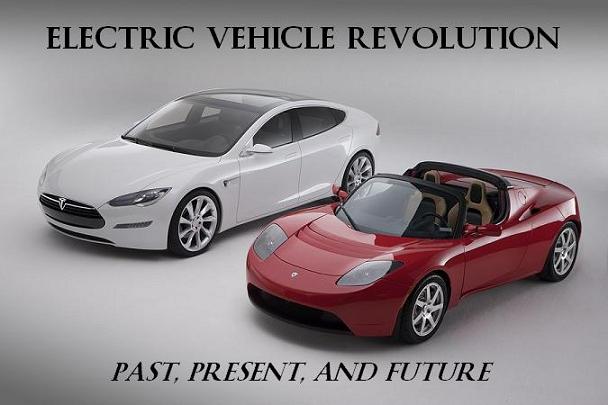
Batteries are steadily improving, and super capacitors (electric double-layer capacitors) are being developed. In the mean time, electric vehicle designers should look to aerodynamics for increasing the range of new electric cars. Companies and inventors alike have been making aerodynamic automobiles since the early 1900s. A few recent models that come to mind are the Toyota Prius, Honda Insight, General Motors EV1, and Aptera 2e. Even home enthusiasts who have modified their current internal combustion vehicles observe drastic improvements in range. A boat tail added to a Geo Metro achieved a fifteen percent increase in range, and a body redesign of a Honda Civic achieved a forty five percent increase. Some designers and companies say that aerodynamic cars will not sell because they are not appealing to the consumer. However, many people who have bought the Prius enjoy its futuristic look and say that this was one of reasons for their selection of the vehicle. Additionally, aerodynamics can be tastefully applied to vehicles. The pictured car for this post is a 1954 Fiat Turbina. It is one of the most aerodynamic cars ever built and has a drag coefficient of 0.14. Think about the production EV’s that are coming to market with ranges of 100-200 miles and imagine what even a fifteen percent increase in range would do to these models.





No comments:
Post a Comment